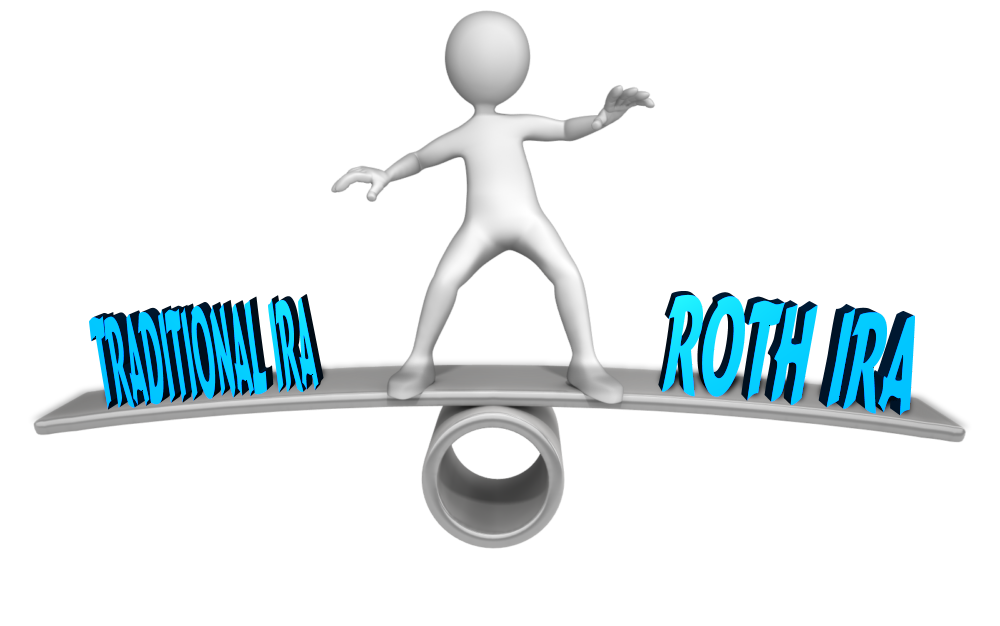5 Factors of the Self-Directed Roth IRA Conversion Decision Process
 Deciding whether one should convert assets from a traditional retirement account to a Self-Directed Roth IRA is an important task, and in order to make a reasonable and educated decision, many factors must be taken into consideration. Still it is well worth the consideration since the account will grow tax-free forever after it is converted to a Roth IRA.
Deciding whether one should convert assets from a traditional retirement account to a Self-Directed Roth IRA is an important task, and in order to make a reasonable and educated decision, many factors must be taken into consideration. Still it is well worth the consideration since the account will grow tax-free forever after it is converted to a Roth IRA.
The following are only five of the many factors that should be taken into consideration.
1. Current vs. Future Tax Rates
Many economists and tax professionals who have analyzed factors such as the historical changes in tax rates, the events that either cause or predict increases in tax rates, and the national debt, agree that significant increases in tax rates in future years is inevitable. Individuals who agree with these experts may feel that it is a smart tax move to convert to a Self-Directed Roth IRA now when tax rates are lower, rather than keeping assets in a Traditional IRA where they would be taxed at a higher rate when withdrawn later.
2. Retirement Horizon
One of the factors to consider when deciding about whether a Self-Directed Roth IRA makes good tax sense is whether you will have sufficient time to accrue enough tax-free earnings that would, at a minimum, offset the tax-related cost of converting amounts to a Roth IRA.
Example: Assume that you convert $100,000 in pre-tax amounts from your Traditional IRA to your Roth IRA, and you owe income tax of $28,000 on the amount. This $28,000 will have to be taken from your retirement account or other sources, which means $28,000 that is no longer available for investing in your retirement nest egg.
A Roth conversion analysis would take the number of years you have until retirement into consideration, so as to determine whether the tax-free earnings that could be accrued during that time is sufficient to make the conversion worthwhile.
3. Your Beneficiaries and Who You Want to Pay The Income Tax
If you will be leaving your retirement savings to a charity, a Traditional IRA may be a better choice since the charity will not owe income tax on the amount. On the other hand, if your beneficiary is someone like your spouse or child, converting the amount to a Self-Directed Roth IRA could allow him or her to inherit the amount tax-free.
4. Source of Income Tax Payment
Generally, you are required to pay the income due on a Roth conversion by your tax filing deadline. If you do not have the amount available in non-retirement saving accounts, then the income tax can be paid from the conversion amount. If you choose to pay the income tax from the conversion amount, only the net amount would be converted, which means the income tax amount would not be available for tax-free growth in the Roth IRA.
Example: Assume you convert $100,000 and elect to have $20,000 withheld for federal income tax. Only $80,000 would be converted to your Roth IRA, with $20,000 remitted to the IRS as an income tax payment on your behalf.
A Roth conversion analysis would help to make a reasonable determination of whether a conversion would make sense in such cases.
5. Investment Vehicles and Rate of Return
A critical component of a Self-Directed Roth IRA conversion analysis is the rate of return on your investments. If your investment portfolio includes stocks, bonds, mutual funds and other investments that do not offer a guaranteed rate of return, then the rate of return is based on assumptions and speculations. On the other hand, if your conversion amount is invested in a product that provides a guaranteed rate of return (such as an annuity), you might get a more realistic determination of the comparison between converting and not converting to a Roth IRA.
These are just a few of the many factors that should be taken into consideration, and what might apply to one person might not apply to another. As such, the Self-Directed Roth IRA conversion decision is often based on a customized Roth profile. Further, whether an outcome is considered favorable can be a matter of personal preference.
Image by: presentermedia.com







